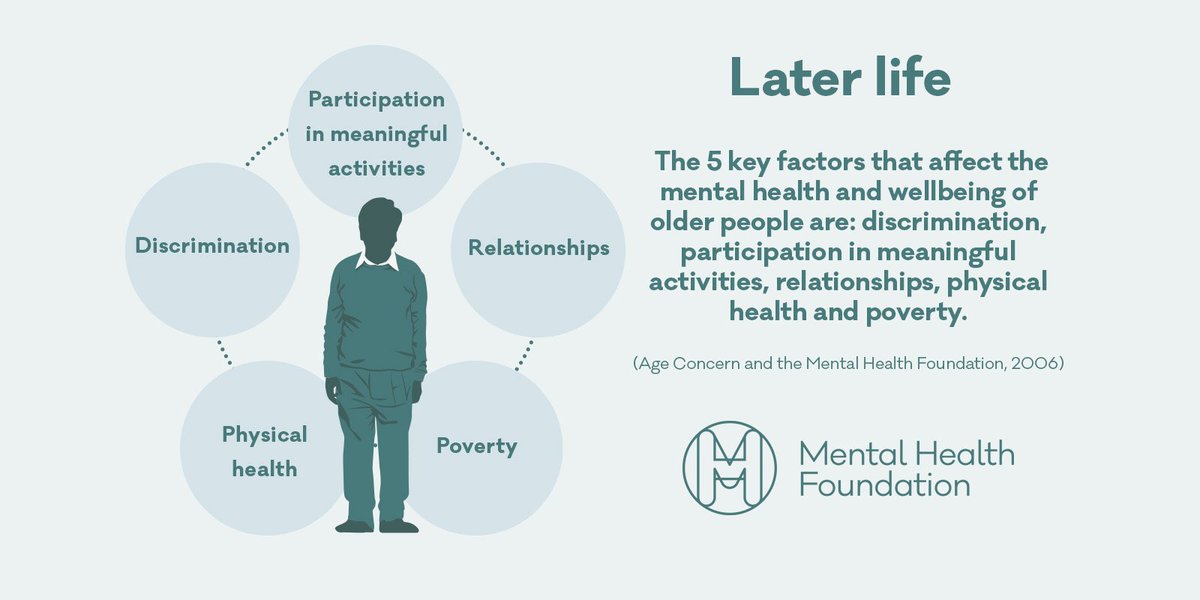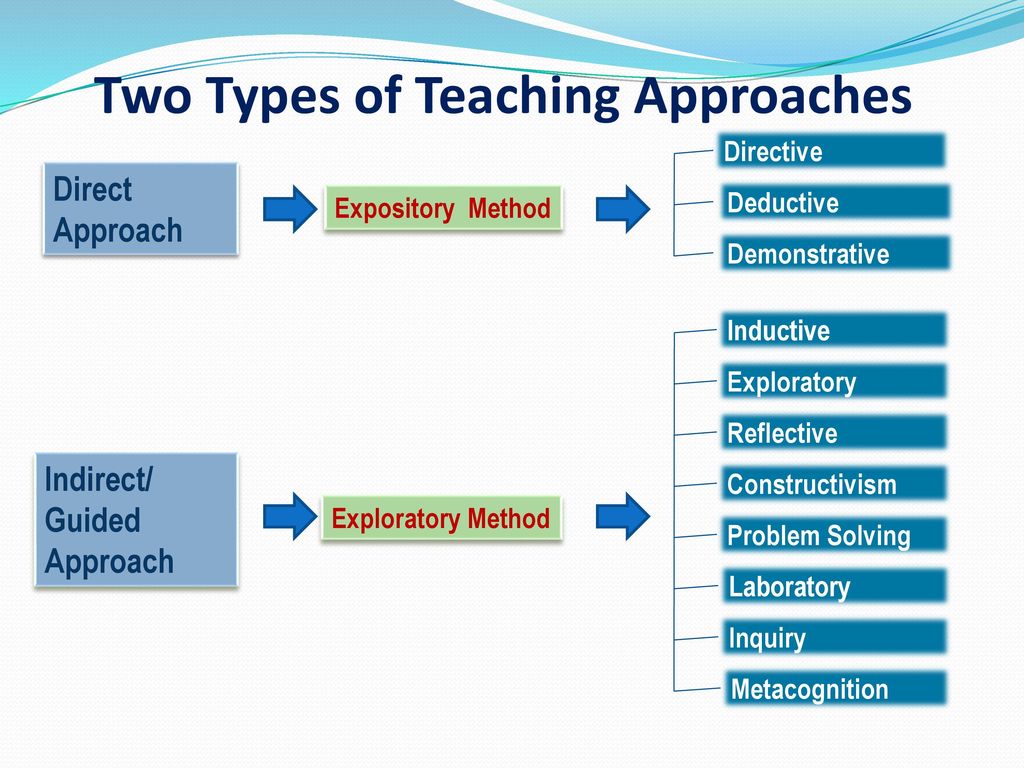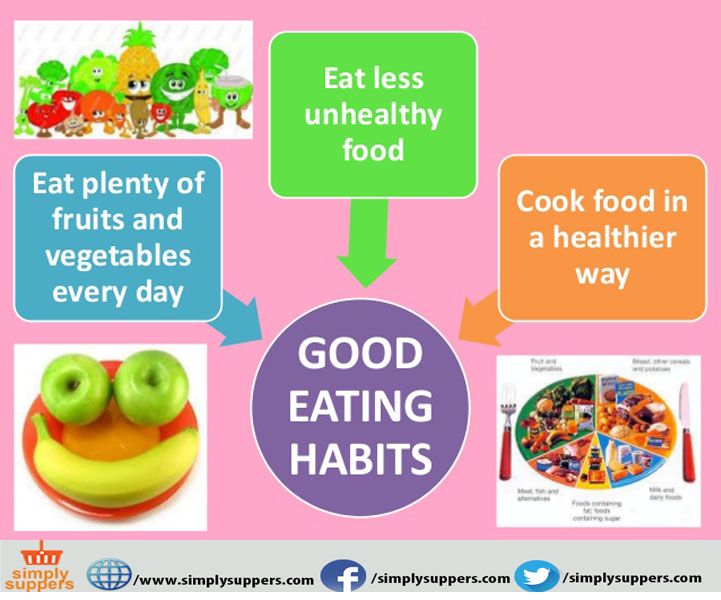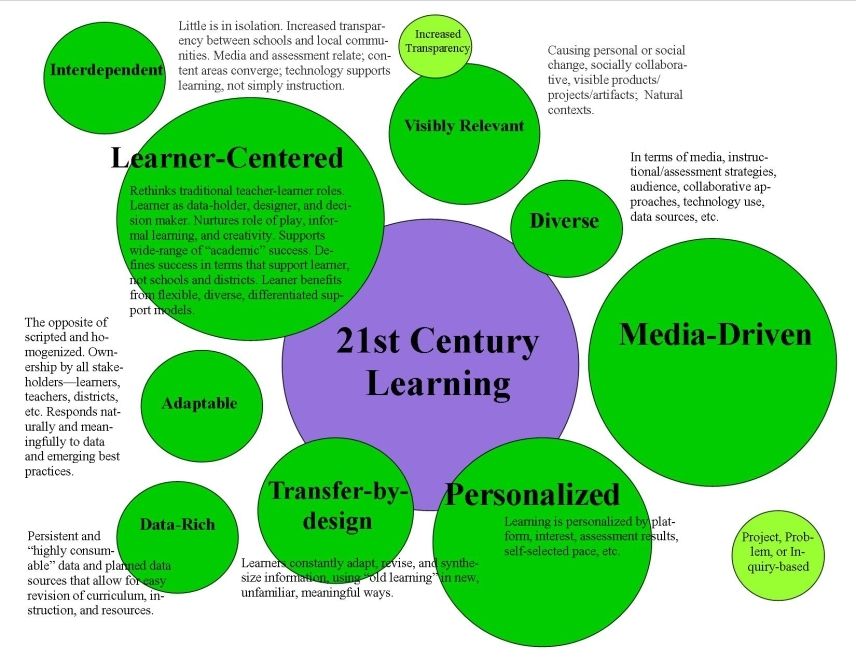Oars in therapy
Using OARS in Motivational Interviewing
In Focus Articles
ByBarb Bowler RN M Nursing MSoc Sci (Counselling) CMHN
The four core motivational interviewing skills or OARS are Open questioning, Affirming, Reflecting and Summarising (Miller, W. R., & Rollnick, S. 2013). Most clinicians and helpers have these essential micro counselling skills in their tool box as they are also used in a wide variety of counselling and helping situations. Because these four skills are essential in motivational interviewing (Zolezzi,2021), we review each one individually below.
Open Questions in Motivational InterviewingUsing open questions gives the client the opportunity to tell their story and provide important information. This skill demonstrates interest in the person’s life and their struggle with behaviour change and assists in building acceptance and trust.
Open questions in motivational interviewing gather broad descriptive information. They:
- facilitate dialogue
- require more than a simple yes or no response
- often start with words like “how” or “what” or “tell me about” or “describe” and
- usually go from general to specific.
Remember that closed questions have a place for gathering discrete pieces of information such as employment or marital status. Be cautious not to get into a question and answer session. Asking question after question can seem a little like a police interrogation. The rule of thumb is no more than 3 questions in a row with the client doing most of the talking – about 70% to the clinician’s or helper’s 30%.
Affirming or Using Affirmation in Motivational InterviewingAffirmations can be used liberally in motivational interviewing, but they should be congruent and not effusive or over the top. The clinician or helper must feel and believe what they say – if you are not genuine, the person will feel this and trust may be lost. Affirming is different from praising, which is often more about the clinician’s or helper’s reaction and can come across as superior and patronising. Affirming the client acknowledges and supports the client’s struggles and hard work. Notice opportunities to use affirmations in your work. Affirmations are best when they focus on the client rather than on your response.
Affirming is different from praising, which is often more about the clinician’s or helper’s reaction and can come across as superior and patronising. Affirming the client acknowledges and supports the client’s struggles and hard work. Notice opportunities to use affirmations in your work. Affirmations are best when they focus on the client rather than on your response.
Reflective listening is the primary skill used to demonstrate empathy, interest and understanding. In relation to influencing behaviour change, reflective listening helps to clarify, to manage conflict, to explore reasons for change and to provide affirmation. Reflective listening begins with an interest in what the client has to say and a desire to truly understand how that person sees things. Reflective listening needs to be developed as it is easy for beginners to get trapped in what becomes an interrogation, asking question after question with little or no reflection.
Summarising reinforces what has been said, and shows you have been listening carefully. Summaries are usually brief, 3-4 sentences and decisions need to be made about what to include. Use summaries throughout the session as well as at the conclusion of a session. It is a good way to check that both the clinician or helper and the client are on the same page. The client hears a rundown of their concerns and has the opportunity to correct any errors in understanding. A summary can also be used to help shift direction in the session and move the conversation forward.
These four skills are essential to the practice of Motivational Interviewing. Using your OARS frequently greatly enhances success.
Contact us to find out more about Motivational Interviewing and how we can assist your organisation to support and empower your staff.
ReferencesMiller, W. R., & Rollnick, S. (2013).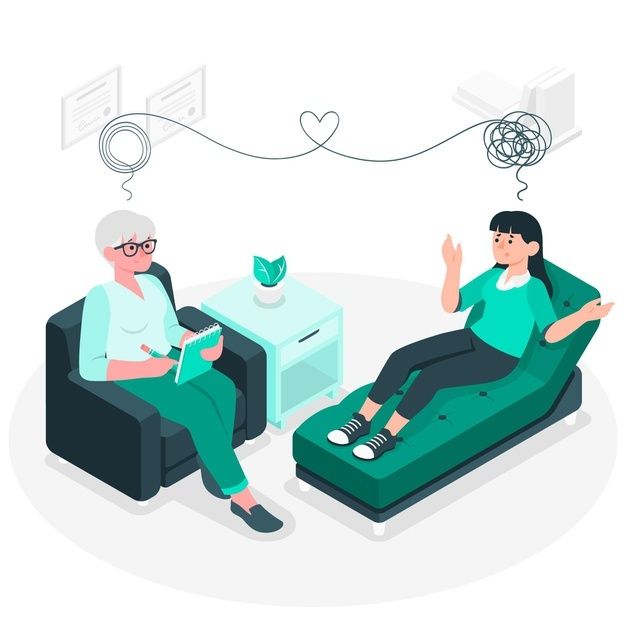 Motivational Interviewing: Helping people change (3rd ed.). New York: Guilford Press.
Motivational Interviewing: Helping people change (3rd ed.). New York: Guilford Press.
Zolezzi, M., Paravattil, B., & El-Gaili, T. (2021). Using motivational interviewing techniques to inform decision-making for COVID-19 vaccination. International Journal of Clinical Pharmacy, 43(6), 1728-1734.
Similar Posts
How to Use the OARS Technique to Build the Coaching Relationship
How to Use the OARS Technique to Build the Coaching Relationship | College of Executive Coaching Coaching ArticleBy Jeffrey E. Auerbach, Ph.D., MCC
Share
Learn more about coach training options
We all know that good listening skills, being empathetic and giving advice only sparingly, are key elements in strong coaching presence. But what are some best practices in doing this well? One effective method to have strong coaching presence is the effective use of the "OARS" technique to communicate empathetically which has multiple positive benefits to the client and the coaching relationship.
When we communicate with clients in an empathetic, non-judgmental manner, we create conditions where a client can identify their own hesitancy to change—and the costs this ambivalence may have. The following principles can help coaches increase a client's awareness about one's natural hesitation to change and help increase motivation to take constructive action.
What is OARS?
There are four important micro-skills we engage in when interacting with a client in an empathetic, supportive manner and they are called "OARS." OARS is an acronym used to describe some of the micro-skills involved in expressing empathy with clients. "OARS" stands for Open-ended questions, Affirmations, Reflective listening, and Summarizing. In my twenty years of training coaches, we have found that effective coaches use OARS in a conversational style in their coaching interactions.
O Open-ended Questions
A Affirmations
R Reflective Listening
S Summarizing
These four micro-skills lead to the client experiencing you as an empathetic supportive coach. By expressing empathy, you are using reflective listening to convey an understanding of your client's perspectives and underlying drives.
By expressing empathy, you are using reflective listening to convey an understanding of your client's perspectives and underlying drives.
Download the Free Report
The Top 6 Factors to Consider When Choosing Your Executive or Life Coach Training
Privacy: we do not release contact information.
Within the container of an empathetic coach-client relationship, we can increase a client's readiness to change and motivation to take constructive actions by:
- Developing the discrepancy between the client's deeply held values and their current behavior.
- Managing ambivalence, by responding with empathetic understanding, rather than confrontation.
- Supporting self-efficacy, by helping the client recognize their internal and external resources, including their strengths, to help them move forward.
Express Empathy Using OARS
When the coach utilizes empathy well the client feels that the coach can see the world as the client does, understand things the way the client perceives them and feel the way the client feels.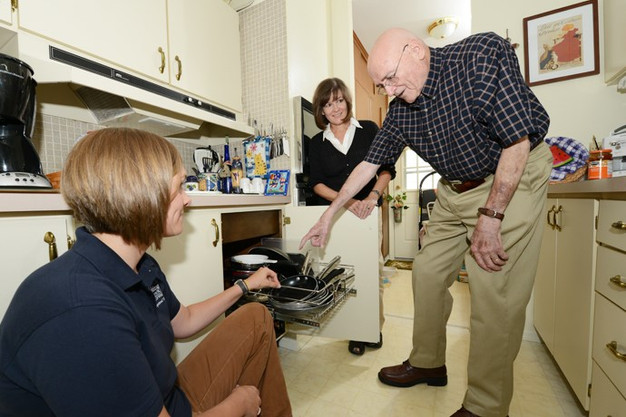 It is as if the coach is sharing the client's experience. This skill of using empathy is a critical element in coaching because when clients feel understood and supported, they are better able to open up to their own ambivalence and possible self-defeating behavior. When the coach listens deeply and empathetically to the client, the client feels validated, which helps the client share their world view, and their situation with the coach. When the coach-client interactions are characterized by an empathetic relationship, the coach then can draw out the client's own goals, identify what strengths the client may need to dial up or dial down, and what new skills they may benefit from learning. As a result of the empathetic relationship, clients' defensiveness is disarmed, and they are more open to honest self-reflection and often become more open-minded to possibilities and actions they can take that will make a difference in their lives.
It is as if the coach is sharing the client's experience. This skill of using empathy is a critical element in coaching because when clients feel understood and supported, they are better able to open up to their own ambivalence and possible self-defeating behavior. When the coach listens deeply and empathetically to the client, the client feels validated, which helps the client share their world view, and their situation with the coach. When the coach-client interactions are characterized by an empathetic relationship, the coach then can draw out the client's own goals, identify what strengths the client may need to dial up or dial down, and what new skills they may benefit from learning. As a result of the empathetic relationship, clients' defensiveness is disarmed, and they are more open to honest self-reflection and often become more open-minded to possibilities and actions they can take that will make a difference in their lives.
How You Can Use OARS in Your Coaching Conversations:
Open-ended Questions
When coaching a client, ask open-ended questions, which usually will begin with "what" or "how. " Ensure you are asking questions in a way that allows your client to open up.
" Ensure you are asking questions in a way that allows your client to open up.
Affirmations
Make comments that help your client feel valued and appreciated. Appropriate praise for constructive behaviors often leads to positive reinforcement of goal related actions.
Reflective Listening
Reflect back what your client says occasionally and then check to make sure you are hearing how your client feels accurately.
Summarizing
Occasionally, and briefly, summarize what you have understood in terms of the content of the conversation.
Once we have communicated in an empathetic manner we have likely created a bond with our client. This supportive relationship can create the conditions where we can help a client see discrepancies between where they are now and where they want to be without feeling judged or put down.
Identifying Discrepancies
Coaches often help their clients develop awareness of the discrepancies between their current behaviors and ideal behaviors. Once clients see these discrepancies more clearly, and feel supported by their coach, it is easier for the client to adopt attitudes which enhance their motivation to initiate new, constructive actions in line with their goals.
Once clients see these discrepancies more clearly, and feel supported by their coach, it is easier for the client to adopt attitudes which enhance their motivation to initiate new, constructive actions in line with their goals.
The coach can use motivational rulers to bring discrepancies to the surface. For example, we can ask the client to rate their readiness to take a particular step they have identified on a scale of 1 to 10, with 1 being "not at all interested in taking this step," and "10" meaning "I have already taken this step." This motivational ruler can help the client talk honestly about their motivation and what might contribute to staying where they are and what might help them make valuable changes.
The empathetic, supportive relationship the coach created with OARS helps these type of honest coaching conversations flow naturally.
Thinking about Coach Training?
Learn More
A Member of
How to learn to build relationships.
 Psychologist's advice
Psychologist's advice
Maria Kuramina
In the book "Why didn't anyone tell me about this before?" collected the necessary tools and techniques to maintain optimal mental health right from the office of a professional psychotherapist - for everyone who, for various reasons, cannot visit this office. Dr. Julie Smith has turned complex psychological techniques into simple practical tips that are easy to apply in real life. We chose tips on how to learn how to build relationships.
Why didn't anyone tell me about this before?
Relationships
We learn how to interact with our own kind from the moment of birth from parents, brothers, sisters and other relatives and peers. We learn important lessons at an age when we are completely dependent on the people around us.
Wrong patterns (scripts) can interfere in adulthood, negatively affect relationships with a partner and other people, force us to take on a certain role in relationships, as is commonly believed in the model of cognitive-analytical therapy. However, even in this case, relationships can be improved with the help of various methods of individual and couple therapy.
However, even in this case, relationships can be improved with the help of various methods of individual and couple therapy.
What should I do if I can't see a psychologist? First of all, discard the myths that pop culture propagates.
Myths about relationships
There are no difficulties in true love
Many people think that if a person suits you, you live happily and never quarrel. However, real life looks different, so many are disappointed. A long-term relationship is not a serene drifting with the tide. Sometimes you have to take oars and row to get where you want to go. Relationships are work. If you abandon the oars, you may end up not at all where you wanted to be.
Strong agreement
It is normal to disagree with friends and loved ones. It is not necessary to always and in everything agree with each other. You are different people with your own preferences and experiences, needs and coping strategies. The closer we get to know a person, the more we will have to put up with in order to maintain a relationship.
Never be separated
Spending time apart from friends and loved ones is natural. Don't become two halves of the same person. You are separate individuals, and this does not interfere with the relationship. Due to the myth that spouses should not be separated for a single minute, many do not allow their loved ones to develop. This myth was born out of the fear of abandonment. However, the more reliable the relationship, the less frightening is the thought that the partner has his own, separate life.
They lived happily ever after.
Fairy tales and Hollywood movies end where relationships are just beginning, as if finding the right person is the key to happiness in love. Relationships are a tortuous and bumpy road. Even the strongest couple is waiting for periods of disagreement. One of the partners may experience the grief of loss or fall ill, doubts may seize people, the former passion may fade away. Sometimes it is not clear what a loved one needs. You can break wood and hurt another. According to this myth, every quarrel is perceived not as a bump in the path, but as an end. However, if you stumble and even fall, you can get up and move on together.
According to this myth, every quarrel is perceived not as a bump in the path, but as an end. However, if you stumble and even fall, you can get up and move on together.
To be together no matter what.
Relationships are good for health and make us happy. But the mere fact of a relationship is not enough. They must be good, and for this you need to work on them. At the same time, we can only answer for ourselves. Relationships that harm physical or psychological well-being must be ended.
How to learn to build relationships
By taking care of ourselves, we develop relationships, and by working on them, in turn, we take care of ourselves. Building relationships does not mean commanding others or, conversely, indulging them. In family therapy, both partners work on the relationship. But you can improve relationships by understanding your own needs and mistakes, mastering new ways of interacting, and getting closer to people (including yourself). Try to understand what kind of person you want to be in a relationship, what you expect from communication, learn to respect boundaries - and you will understand what to do. Do not wait for tips from the outside, but turn to yourself. Try to see the big picture and make sure that your actions are in line with your chosen strategy.
Do not wait for tips from the outside, but turn to yourself. Try to see the big picture and make sure that your actions are in line with your chosen strategy.
Source
Relationship
Relationships, both romantic and friendly or related, cannot do without emotions. Interaction with people awakens in us a whole range of feelings. From words from the lips of loved ones, we can soar to the sky or fall to our knees. At the same time, too violent emotions cause rejection and, as a result, disunity between people. However, any psychologist who works with couples will attest to the fact that openness is important for forming deep and trusting bonds.
Disconnection from oneself, one's emotions and loved ones negatively affects relationships and mental health.
We are surrounded by so many things that sometimes it is not surprising to forget. We dull ourselves by endless scrolling through social networks or loading ourselves with things. We turn away from loved ones in order to get closer to the implanted ideals or to get rich. None of this is good for the relationship.
None of this is good for the relationship.
What will make a relationship strong and long?
Here's what the experts say.
Self-awareness
We don't always know what the other person wants, thinks and feels. However, we know ourselves, so start working on relationships with yourself. Forget about accusations and self-flagellation, show interest and sympathy for yourself. Find out your patterns of behavior, their cause and try to change. Don't expect your partner to be ready for this kind of introspection, but if you start behaving differently, your partner may be reaching out to you as well. Don't aim to change your partner. The main thing is to understand for yourself what kind of partner you want to be, how to behave, how to improve relationships, where your boundaries are and why.
Emotional responsiveness
Strong emotions have their own reason. A secure emotional connection is a top priority for the brain, whose main concern is our survival. Shouting, screeching, crying, avoidance, and silence are all ways to ask the same questions in different ways: “Are you with me? You won't leave? What will you do when I need you the most?" People ask these questions the way they know how. Sensing the loss of connection, the brain turns on the fight-or-flight response, and we strive to regain safety at any cost. For some it is aggression, for others it is solitude or emotional deafness. In a cycle where one is attacking and the other is running away, it is difficult to meet each other, even though it was the separation that caused the stress.
Shouting, screeching, crying, avoidance, and silence are all ways to ask the same questions in different ways: “Are you with me? You won't leave? What will you do when I need you the most?" People ask these questions the way they know how. Sensing the loss of connection, the brain turns on the fight-or-flight response, and we strive to regain safety at any cost. For some it is aggression, for others it is solitude or emotional deafness. In a cycle where one is attacking and the other is running away, it is difficult to meet each other, even though it was the separation that caused the stress.
Gratitude
I have already written about how useful it is to remember everything for which you are grateful to your partner. In everyday bustle, we pay attention to it only when we need something or when it annoys us with something. By consciously reflecting on what is good about a partner and what you value him for, you not only improve your emotional state, but also behave with your partner in an appropriate way.
General meaning and principles
By deciding to share life with a person, you unite your goals.
Find common ground and respect what makes you different. This approach is the key to a strong relationship. Discuss what it means to you to give and receive care, how you convey and how you best perceive information, how you can be supported and what support you are ready to provide. In some things, people initially agree, but in some ways they seek a compromise.
Based on the book "Why didn't anyone tell me about this before?".
Cover from here.
Scientists describe the earliest stages of cancer cell metastasis
March 20, 2020 16:46
source: Newspaper.ru
Most of the cells of a living organism are interconnected by intercellular contacts. For their rupture, the cell has to significantly rebuild the entire internal framework. Russian scientists have found out exactly how its reorganization occurs and what role it plays in the appearance of metastases - secondary tumor foci. It turns out that a well-known participant in the development of cancer - epidermal growth factor - so changes the protein that holds together the strong connecting threads of the cell frame that it can no longer hold the frame, and the contacts between cells fall apart. It is interesting that this protein is deficient in cancer cells, and therefore the restoration of the normal level of its synthesis in the cell with the help of gene therapy can serve as one of the ways to fight metastases. The results of the study are presented in the journal Cells . The project was supported by a grant from the Russian Science Foundation.
Russian scientists have found out exactly how its reorganization occurs and what role it plays in the appearance of metastases - secondary tumor foci. It turns out that a well-known participant in the development of cancer - epidermal growth factor - so changes the protein that holds together the strong connecting threads of the cell frame that it can no longer hold the frame, and the contacts between cells fall apart. It is interesting that this protein is deficient in cancer cells, and therefore the restoration of the normal level of its synthesis in the cell with the help of gene therapy can serve as one of the ways to fight metastases. The results of the study are presented in the journal Cells . The project was supported by a grant from the Russian Science Foundation.
Image: Irina Zhitnyak, author of the study, at work on a microscope. Source: Natalia Glushankova
Picture: project manager Natalia Glushankova. Source: Natalia Glushankova
Source: Natalia Glushankova
Picture: Scheme of the transition of cells into a migratory form under the influence of the growth factor EGF. Source: Irina Zhitnyak
According to the World Health Organization, cancer is the second leading cause of death in the world. In 2018, this disease claimed the lives of 9.6 million people. Its treatment is primarily complicated by the fact that cancer cells are able to move around the body, creating new tumor foci - metastases. In order to be able to move, the cell must break contact with its surrounding neighbors and become flexible and maneuverable from a rigid, immovable structure. To do this, you need to disassemble the frame and use its elements for movement - pull beams out of the walls and make oars out of them. In the cell, of course, the frame is not made of wood, but made of thin but strong actin protein filaments, and it is called the cytoskeleton. This restructuring is not unique to cancer cells. For example, in the skin, such activation occurs during wound healing.
For example, in the skin, such activation occurs during wound healing.
Until recently, it remained unclear how immobile, tightly linked cells turn into migratory ones. Scientists from the N. N. Blokhin National Medical Research Center of Oncology of the Ministry of Health of Russia were able to describe interrelated changes in the structures of the actin cytoskeleton and intercellular contacts, which allow cells to break ties with each other and acquire the ability to migrate. To do this, the researchers observed under a microscope the behavior of cells in response to exposure to epidermal growth factor, which is involved in wound healing and tumor metastasis. This became possible due to the luminescence of proteins that provide contacts between cells. Scientists have achieved this effect by introducing a special genetic construct that adds a luminous part to the studied molecules.
The researchers found that growth factor exposure leads to a change in the actin-binding protein EPLIN, after which it cannot hold the actin cytoskeleton in a rigid position and the contacts between cells fall apart.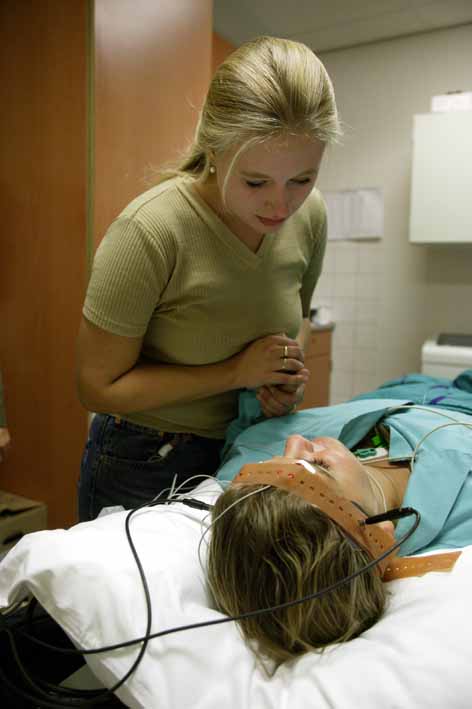 It is interesting that cancer cells lack the EPLIN protein, and therefore the restoration of the normal level of its synthesis in the cell with the help of gene therapy can serve as one of the ways to fight metastases.
It is interesting that cancer cells lack the EPLIN protein, and therefore the restoration of the normal level of its synthesis in the cell with the help of gene therapy can serve as one of the ways to fight metastases.
“Recently, it has been shown that the most important role in the progression of oncological diseases is played by tumor stem cells, which have a high ability to metastasize. In addition, they are extremely resistant to chemotherapy and can block the body's immune response. The study of the mechanisms regulating the processes of tumor cell migration is of great importance for understanding the pathogenesis of oncological diseases, which is certainly important for the development of new effective methods for their targeted therapy,” shared project manager Natalia Glushankova, Doctor of Biology, Head of the Laboratory of Carcinogenesis Mechanisms of the National Medical Research Center Oncology named after N. N. Blokhin of the Ministry of Health of Russia.
![]()
Learn more


